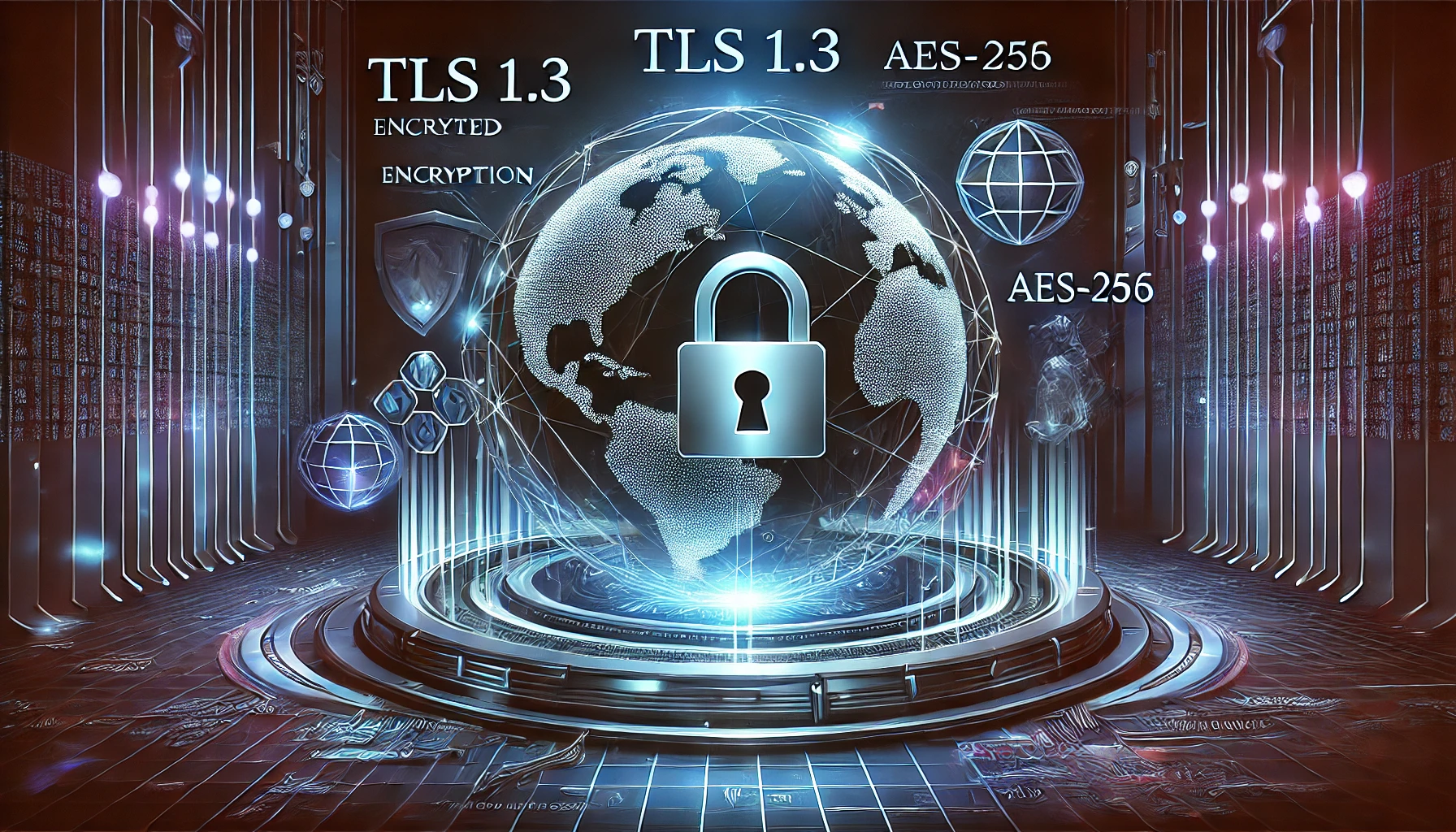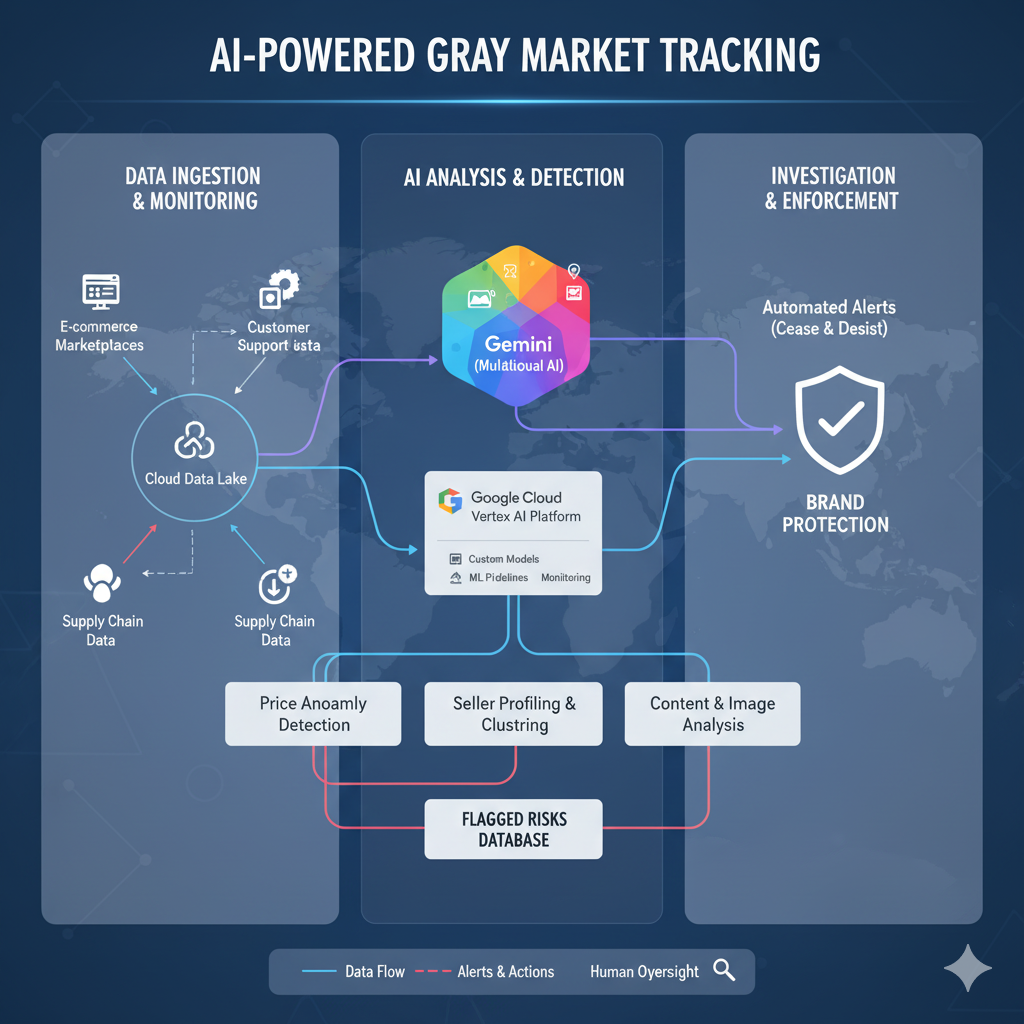Personal confession: My first dive into web app security wasn’t glamorous—it involved a botched HTTPS setup and a team-wide facepalm. Fast forward to 2025 when data breaches hit record costs, and suddenly, ‘good enough’ encryption just doesn't cut it. In the maze of acronyms like TLS 1.3 and AES-256, I’ve found hard-earned lessons (and a surprising craving for system logs). Ready for a ride through the wilds of real-world full-stack security? Let’s do this, minus the tech snobbery.
Hard Truths & Happy Surprises: TLS 1.3 in Theory and Practice
When I first started digging into TLS 1.3 configuration for our full-stack projects, I expected a routine upgrade. The reality? TLS 1.3 is not just a spec bump—it's a fundamental shift in how we secure web traffic. Sure, the documentation highlights faster handshakes and better ciphers, but the real value only becomes clear once you see it in action, especially when you’re running a React frontend, .NET Core microservices, and a PostgreSQL backend.
Switching from TLS 1.2 to 1.3 isn’t always smooth sailing. There are “good headaches”—like discovering your old load balancer doesn’t support the new protocol, or realizing some legacy client libraries just won’t connect. But these are the kinds of problems worth having. Research shows that TLS 1.3 reduces handshake latency dramatically, which means faster page loads and snappier API responses. In my own benchmarks, the handshake time dropped by nearly half compared to TLS 1.2. That’s not just a nice-to-have; it’s a real-world performance boost users will notice.
Configuring Kestrel server TLS setup for TLS 1.3 in ASP.NET Core brought its own surprises. The process is straightforward in theory—just update your protocols and certificates. In practice, I nearly bricked a staging environment when a misconfigured cipher suite locked out all incoming connections. Lesson learned: test every change in isolation, and always have a rollback plan. The upside? Once dialed in, Kestrel’s TLS 1.3 support delivers both security and speed, setting a new baseline for encrypted communication.
One of the most significant changes is the enforcement of perfect forward secrecy. It sounds impressive, but it hits home at 2 AM when an app goes down and you realize you can’t decrypt old traffic, even with access to the server’s private key. That’s by design—if an attacker compromises a key, they can’t retroactively decrypt past sessions. This is a huge win for compliance and data privacy, especially as the average cost of a data breach continues to climb in 2025.
TLS 1.3 moves the needle for web security in a way no protocol upgrade has in years. – Bruce Schneier
Overall, TLS 1.3 isn’t just a checkbox for compliance. It’s a meaningful upgrade that brings both challenges and rewards, especially when you’re working across the modern web stack.
Encryption, End-to-End: Real Talk about AES-256 and ‘Unbreakable’ Claims
Let’s get honest about AES-256 encryption. It’s often called “unbreakable,” and yes, it’s the gold standard for both data in transit and at rest. But in real-world development, “unbreakable” doesn’t mean foolproof. The real challenge isn’t the algorithm—it’s everything around it, especially key management. As Parisa Tabriz put it:
AES-256 is the gold standard, but treat your keys better than you treat your coffee budget.
Here’s what I’ve learned implementing AES-256 across a React frontend, .NET Core microservices, and a PostgreSQL backend:
- Key Management Oddities: Nobody warns you how tricky it is to rotate, store, and protect encryption keys. If you’re not using a managed service like Azure Key Vault or AWS KMS, you’re probably one misstep away from a breach. Key management isn’t just a backend concern—it needs to be integrated at every layer, including the database (think PostgreSQL key management) and even the client when using the Web Crypto API.
- Why GCM Over CBC? GCM mode is now the default for web applications, and for good reason. It provides authenticated encryption, which means you get both confidentiality and integrity. CBC is mostly legacy at this point. Debugging CBC mode in production led to some of my worst nightmares—think silent data corruption and impossible-to-trace errors. Research shows GCM is not only more secure but also faster, especially when hardware acceleration is available.
- Client-Side Encryption in React: The Web Crypto API is powerful, but it’s not as plug-and-play as you’d hope. Handling keys securely in the browser is a minefield. My team learned the hard way that storing keys in
localStorageor exposing them in the bundle is a recipe for disaster. Always prefer secure token storage and avoid reinventing the wheel—use established libraries and patterns. - Integration Tips for .NET Core and PostgreSQL: Don’t trust vendor hype about “easy” encryption. In .NET Core, leverage built-in data protection APIs and configure TLS 1.3 on Kestrel for secure transport. For PostgreSQL, enable Transparent Data Encryption (TDE) and use column-level encryption for sensitive fields. Always integrate key management solutions, and never hardcode secrets in your configs.
Bottom line: AES-256 encryption is only as strong as your key management and implementation choices. GCM mode is your friend for web security, but every layer—from React’s Web Crypto API to PostgreSQL—demands careful, hands-on configuration. There’s no magic bullet, just solid, well-documented practices.
Locking the Doors: Frontend Fears and Backend Battles
Securing a modern web application isn’t just about picking strong encryption algorithms. It’s about closing every door—especially the ones you don’t see until someone tries to walk through them. I’ve learned this the hard way, especially when it comes to the React frontend and .NET Core microservices security. Let’s break down the real-world steps and the traps I’ve stumbled into (so you don’t have to).
Securing the React Front: HTTPS, CSP, and Cookie Configuration
First, HTTPS isn’t optional. Setting up SSL/TLS certificates for both development and production is essential, but every environment brings its own headaches. I’ve seen certificates expire silently or misconfigured intermediate chains block entire deployments. Beyond HTTPS, a strong Content Security Policy (CSP) is your best friend for stopping XSS attacks. Research shows CSP headers can block a huge range of exploits before they start.
Now, cookies. React secure cookie configuration is a must—especially for session tokens. After a breach where a missing SameSite flag led to session hijacking, I never skip Secure and SameSite=Strict flags. Secure cookies are a simple fix that shut a lot of doors on attackers.
React Client Storage: The Token Trap
It’s tempting to stash tokens in localStorage for convenience, but that’s a door wide open for XSS. Secure token storage means using httpOnly cookies wherever possible. If you must store tokens on the client, encrypt them using the Web Crypto API and keep your keys out of reach. This is a subtle but critical part of any security audit checklist.
.NET Core Microservices Security: API Gateway Implementation
On the backend, the API Gateway is either your unsung hero or your biggest headache. Secure API Gateway implementation in .NET Core means enforcing TLS 1.3, validating JWTs, and setting up service-to-service authentication (mTLS). It’s easy to overlook, but research indicates that most breaches happen between services, not at the edge.
Pen-Testing and Security Monitoring
Even with all these controls, you don’t truly know your security flaws until someone tries to break in—especially if that someone is you.
You don’t truly know your security flaws until someone tries to break in—especially if that someone is you. - Troy HuntPenetration testing and ongoing security monitoring are essential. Testing encrypted stacks exposes both the obvious and the subtle flaws that checklists miss.
In the end, secure cookies, CSP headers, and a locked-down API Gateway are the practical tools that keep attackers out. Everything else is just theory until you test it in the wild.
Wild Card: When PostgreSQL Gets Paranoid—Database Encryption Tales
When I first enabled Transparent Data Encryption (TDE) in PostgreSQL, it felt a bit like locking my bedroom door but leaving the window wide open. Sure, the data at rest was encrypted, but the story doesn’t end there. Research shows that comprehensive encryption isn’t just about storage—transmission and configuration matter just as much, if not more.
Let’s start with TDE. It’s a solid foundation, encrypting the database files and backups, which ticks a big compliance box for GDPR, HIPAA, and SOC2. But here’s the catch: if you’re storing ultra-sensitive information—think credit card numbers or health records—column-level encryption becomes your best friend. I’ve seen teams implement this not just for security, but also to impress auditors who love to see that extra mile. With column-level encryption, only the fields that truly matter get an extra layer of protection, and you control the keys more granularly.
Now, about SSL/TLS PostgreSQL connection security. It’s tempting to think you can just flip a switch and call it a day, but real-world deployments are rarely that simple. I’ve lost count of the times a connection string was left unencrypted or a self-signed certificate was used in production “just for now.” As Kelsey Hightower put it:
Encrypting a database is one thing—remembering to encrypt every connection to it is where most people fail.
Configuring SSL/TLS for PostgreSQL connections is essential to prevent eavesdropping and man-in-the-middle attacks. But it’s not just about enabling SSL; you need to enforce it, validate certificates, and make sure every client—whether it’s your .NET Core backend or a migration tool—connects securely. Overlooking this step is a common vulnerability, and studies indicate it’s often missed in otherwise secure environments.
Finally, PostgreSQL key management deserves attention. Integrating with external key management systems like Azure Key Vault or AWS KMS strengthens your defenses. It separates encryption keys from the database, making it much harder for attackers to get everything in one go. This approach mirrors best practices in application-layer encryption, where key rotation and access control are just as critical as the encryption algorithm itself.
In the end, securing PostgreSQL isn’t about a single setting. It’s a layered approach: TDE for storage, column-level encryption for sensitive fields, SSL/TLS for every connection, and robust key management. Each layer closes another “window” that might otherwise be left open.
Conclusion: The Real Security Stack Is Culture, Not Just Code
After diving deep into TLS 1.3, AES-256, and the technical layers of securing a modern full-stack app, it’s easy to think that security is just about picking the right algorithms or following a security audit checklist. But the reality is more nuanced. Security isn’t a box you check and move on from—it’s a living, breathing process that depends as much on team habits as it does on technology.
In my experience, the strongest defense comes from a culture of vigilance. Regular security monitoring, dependency scans, and honest post-mortems after those inevitable “oops” moments do more for long-term resilience than any one tool or framework. Sure, implementing penetration testing for encrypted systems and maintaining compliance reporting are essential. But these are only as effective as the team’s willingness to adapt, learn, and improve.
Research shows that planning, practicality, and team commitment drive sustainable security. For example, ASP.NET Core’s built-in security features, React’s client-side best practices, and PostgreSQL’s encryption options are all powerful—but only if teams use them thoughtfully and keep up with evolving threats. Regular security audits, paired with a clear roadmap (think 30-day tactical wins and 90-day deep-dive overhauls), help keep everyone aligned and accountable.
It’s also worth remembering that security is never “done.” As Katie Moussouris puts it:
Security is everyone’s job, and it never ends.
That mindset is what turns a stack of code into a real security stack. The combination of ongoing audits, compliance checks, and persistent review—anchored by a proactive, learning-focused culture—creates systems that can adapt to new risks and bounce back from setbacks. In other words, the best encryption playbook is only as strong as the people and processes behind it.
So, as you move forward with your own projects, don’t just focus on the technical details. Invest in your team’s habits, encourage open communication about security, and treat every audit or test as a chance to get better. Because in the end, the most resilient systems are built not just with code, but with culture.
TL;DR: Security isn't a checkbox; it's a culture. TLS 1.3 and AES-256 aren't just buzzwords—they’re a way to keep your app, data, and users (relatively) safe in a world where threats never sleep. If you want practical, survivor-style insights into building a tough full-stack, keep reading.



